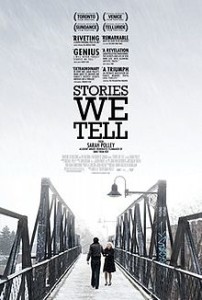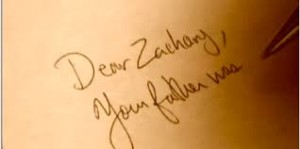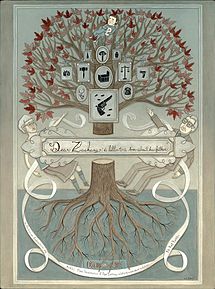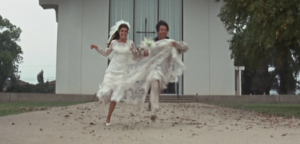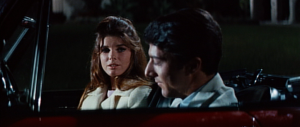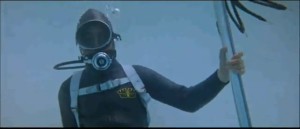I came across a video on YouTube of an interview with Clint Eastwood on the creation of Unforgiven (clip below). I was very intrigued when he mentions that when he initially read the script for the film, he could not decipher who the hero was. He explains that he initially thought Little Bill was the hero, which is plausible when you consider Little Bill’s “violence isn’t the answer” motto and persistent no-firearms-policy to keep peace in the town. However, it is difficult for the audience to maintain this level-headed, peacemaker image of Little Bill, when he continues to act in ways that contradict the persona he has created for himself (e.g. beating up unarmed men). At first, I deemed Little Bill an intentionally evil man who wears a fake front, but what Eastwood says next in the interview really got me thinking:
“…the characters all have a point of view. Even though he [Little Bill] was the villain of the piece, he had a point of view. He thought he was right, doing the right thing. And that goes with every character in it”
Perhaps Eastwood is alluding to the idea that while Little Bill fills the role of the villain in the film, he may not be intentionally permeating evil. It is apparent he has good intentions, but his perspective of what is necessary to fulfill his duty of protecting his town may differ from that of an outsider. Through an outsider’s eyes, Little Bill’s beating of unarmed men may seem like an act of self-fulfilling rage, but perhaps Little Bill thought it was in the town’s best interest to publicly use fear and pain to demonstrate the repercussions of threatening the town’s safety. Notice that Little Bill is more likely to inflict pain on others in a public demonstration more so than when not in public (e.g. When he decides whipping was not the proper punishment for the men who hurt Delilah, there were not enough people around for him to feel the need to use fear and violence as a warning tactic. Instead, he implements an alternate, more humane punishment). While at the surface his actions often come across as malevolent, this may be due to his unique perspective of what is “right.” If good intentions do lay underneath, does this make him a true villain?
As Eastwood mentions, this concept applies to the other characters in the film as well. Each has an idea of what is “right,” but due to circumstances beyond their control, different perspectives give the characters differing ideas of what is just. Will’s character is the obvious illustration of a man with good intentions, but whose point of view alters his actions. It is very clear that Will yearns to leave his corrupt history behind him, but his desperate need for money to support his family forces him to kill against his will. Later, as a means of respecting Ned and avenging Ned’s death, he feels the need to shoot Little Bill and anyone who may have been even loosely involved. To an outsider, these actions seem anti-heroic, but again, it really depends on perspective.
Even English Bob may not be considered a true villain. Indeed, we learn that he used to kill innocent Chinese workers, but maybe he is similar to Will in that he is trying to leave behind his troublesome past. Perhaps he truly wants to evolve into a noble man, and he views bounty hunting as a respectable, noble profession — even if the killing itself is not done in a manner that is typically deemed fair.
Ultimately, the question arises of what constitutes a true villain. Does a true villain need to have what are conventionally considered evil intentions and evil actions? Or can someone’s actions — actions that are generally considered evil — be justified by someone’s unique perspective on what he or she personally believes is “right?” This blurred distinction definitely separates Unforgiven’s characters from typical black and white western roles. Maybe “Deserve’s got nothin to do with” death because everyone has a different perspective on what truly makes someone evil enough to be killed.







